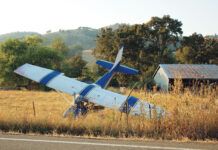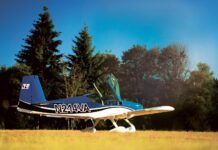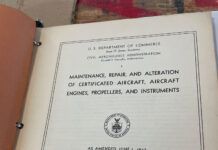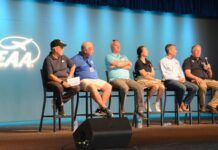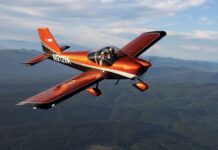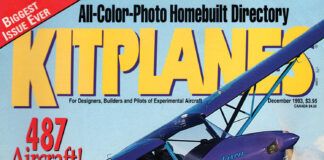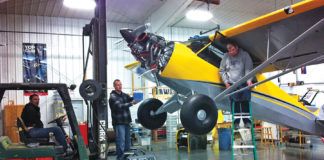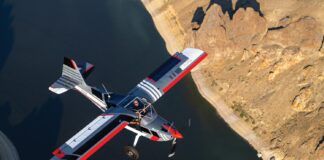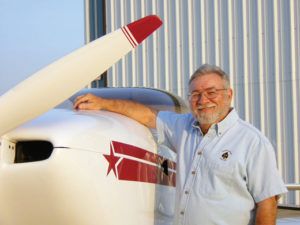 Question: I have a question about the repairman certificate. Let’s say the FAA issues a repairman certificate to the owner/builder. After the airplane is sold, can the original owner who received a repairman certificate legally perform the condition inspection and any other work on the same airplane?
Question: I have a question about the repairman certificate. Let’s say the FAA issues a repairman certificate to the owner/builder. After the airplane is sold, can the original owner who received a repairman certificate legally perform the condition inspection and any other work on the same airplane?
Answer: Assuming this is an airplane with an Experimental/Amateur-Built certificate, the answer is yes. The original builder who received the repairman certificate can still sign off the condition inspection on that specific aircraft, regardless of who owns it. The repairman certificate stays with the individual, not with the airplane.
As far as other work, anyone may perform maintenance of any kind up to and including modifications to the aircraft. Condition inspections must be signed off by an A&P mechanic (no inspection authorization required).
Question: Several years ago, I built a Van’s RV-8 and did basic aerobatics in Phase I, made the appropriate logbook entries and put the plane into Phase II. It was a simple and straightforward process.
I just bought an RV-3B that someone else built—because I’m old, and the wait for a new kit is so long. I would like to do mild aerobatics in this RV-3, but paragraph 15 of the operating limitations prohibits aerobatics. How do I put the new plane back in Phase I, do the aerobatic testing and return it to Phase II? In the face of the current express aerobatic prohibition, I don’t think I am able to do the aerobatic testing. Do I need to first have the operating limitations changed to delete paragraph 15 and substitute the optional paragraph 16 allowing aerobatics?
My local FSDO is uncertain as to how I should proceed. Do I need to go to a DAR, or can the FSDO issue new operating limitations? Will the operating limitations be an amendment of the existing limitations or a whole new set based on the current form?
Answer: Older operating limitations were divided between aerobatic and non-aerobatic aircraft. There can be different reasons that this one is prohibited from aerobatic flight. Either the builder simply wasn’t interested in doing aerobatics, or the aircraft was not built to aerobatic standards. Most likely, it’s the first scenario.
To remove the limitation, you must have the operating limitations amended. The FSDO or a DAR can do this. The inspector may want to see the aircraft to be sure that it was built to aerobatic standards and to confirm that this was not the original reason for the no-aerobatics limitation.
After you’ve completed this process, you will receive new operating limitations to the latest version, which does not prohibit aerobatics. You will also receive a new airworthiness certificate because the date of the operating limitations is listed on the certificate.
Question: This question has to do with modifications to an Experimental/Amateur-Built aircraft after issuance of its airworthiness certificate. Let’s say the airplane in question, when constructed to the original design, cannot be flown by Sport Pilots because it does not meet the LSA max gross weight or stall-speed requirements. However, if it were constructed with and Phase I-tested with mini VGs on the wing and horizontal tail surfaces, it would meet the LSA stall-speed requirement.
Can this airplane be modified after the original certification by installation of the VG system, put back into Phase I testing, shown to meet the LSA stall speed requirement and thus be Sport Pilot eligible? I have been told by some that there is a “you can’t go back” limitation that says that once an E/A-B has been certified and flown in a condition that makes it Sport Pilot ineligible, it can’t be put into an LSA configuration.
Answer: Unfortunately, the scenario you describe cannot be legally done. The definition for Light Sport Aircraft (FAR Part 1, §1.1) in the first sentence states: “An aircraft, other than a helicopter or powered-lift that, since its original certification, has continued to meet the following…” Therefore, once an aircraft has been certificated outside these parameters, regardless of the category, it can never be brought “back into” the limitations to satisfy LSA rules.




